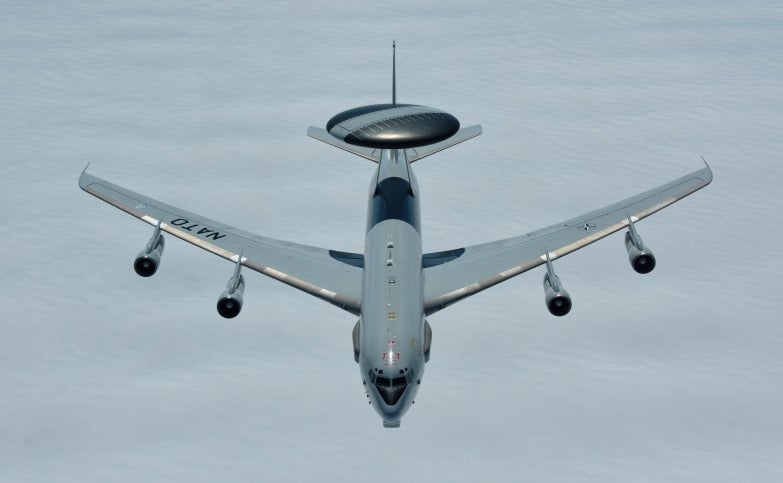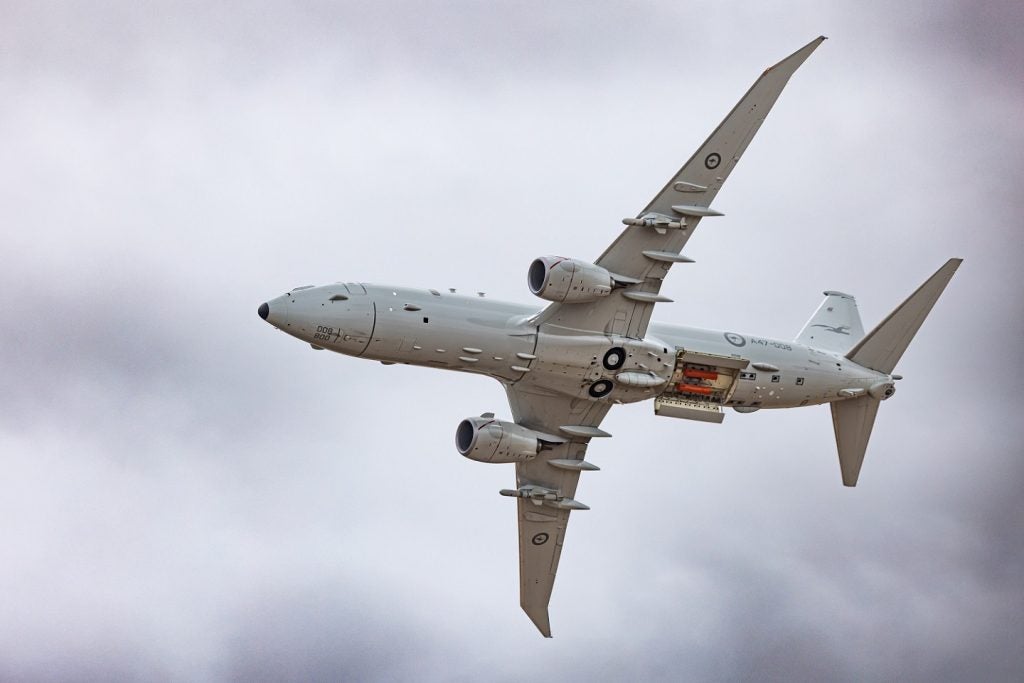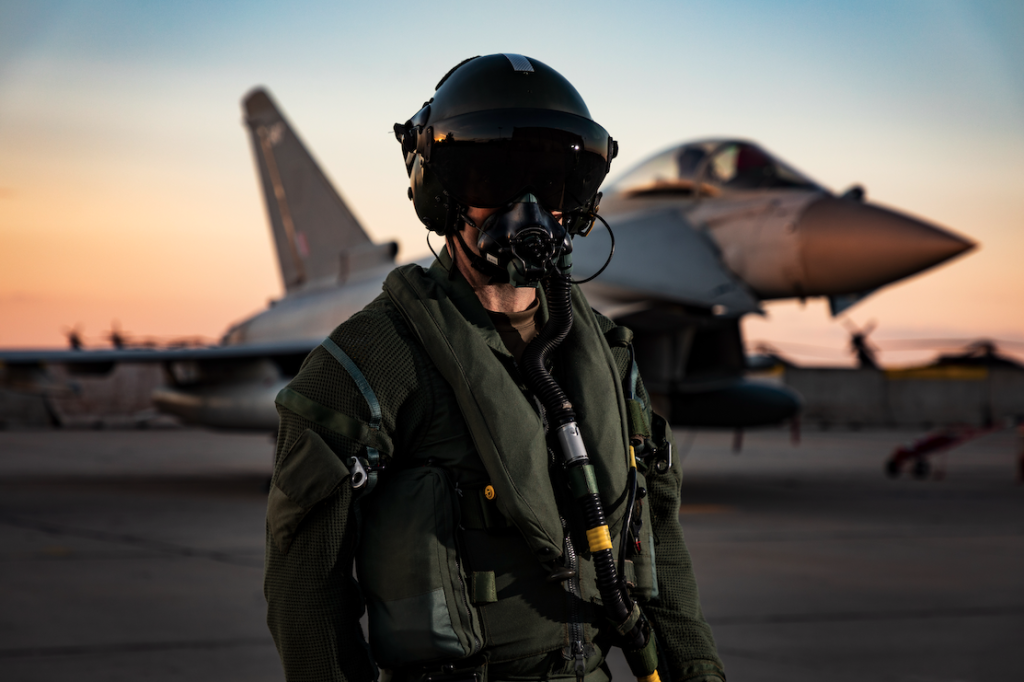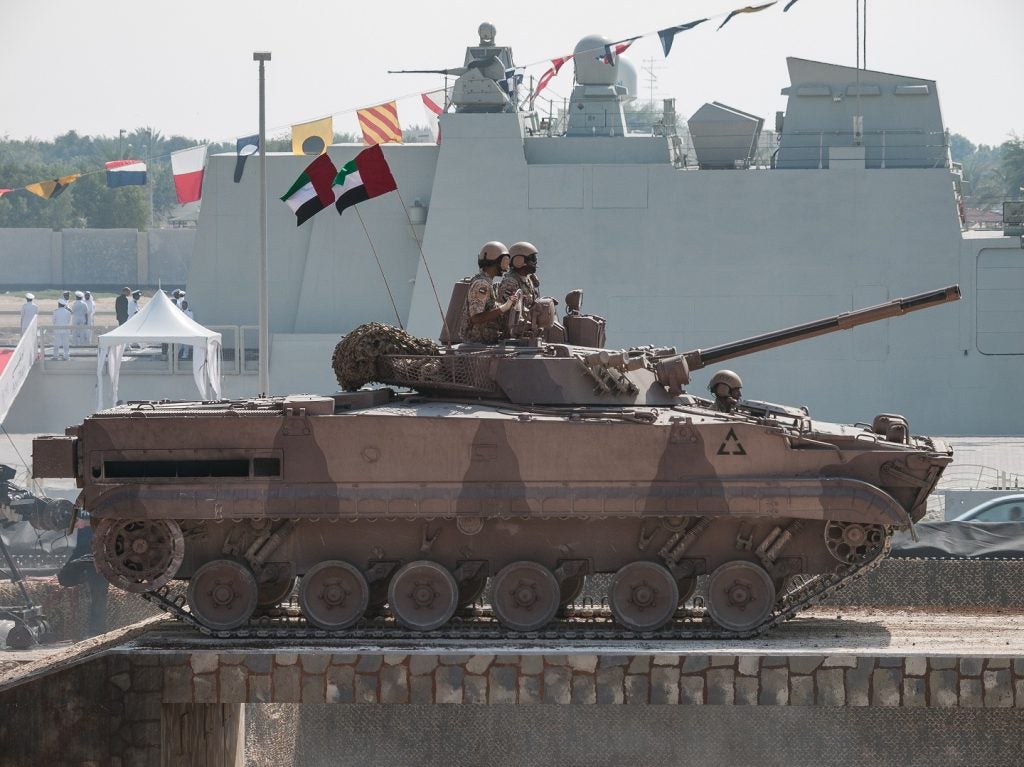
On Wednesday NATO and Boeing will sign a $1bn agreement to modernise its fleet of Airborne Warning & Control System (AWACS) aircraft.
NATO secretary-general Jens Stoltenberg and Boeing president Sir Michael Arthur will sign the contract at Melsbroek Airport, Brussels.
The in-service E-3A AWACS aircraft is a modified Boeing 707, easily identifiable by its large fuselage-mounted radar dome.
AWACS is described as NATO’s ‘eyes in the sky’ providing the alliance with air surveillance, command and control, battlespace management and communications. The current AWACS fleet is based in Germany with 14 aircraft at NATO Air Base (NAB) Geilenkirchen.
Speaking last week Stoltenberg told reporters: “We will sign a contract upgrading, modernising the AWACS fleet, one billion dollars.
“And this reflects the importance of modernising our capabilities, including our common capabilities as the AWACS fleet is.”
How well do you really know your competitors?
Access the most comprehensive Company Profiles on the market, powered by GlobalData. Save hours of research. Gain competitive edge.

Thank you!
Your download email will arrive shortly
Not ready to buy yet? Download a free sample
We are confident about the unique quality of our Company Profiles. However, we want you to make the most beneficial decision for your business, so we offer a free sample that you can download by submitting the below form
By GlobalDataUnder normal operations, the current fleet can operate for eight hours and cover a surveillance field of 120,000 square mile. NATO deployed AWACS in the US after 9/11 and in various conflicts from Afghanistan to the Syrian Civil War.
Stoltenberg added: “We are also now looking into how to replace the AWACS fleet in the future, so after 2035.
“And we will also soon also receive the first Global Hawk drones, the Alliance Ground Surveillance drones at our base in [Naval Air Station] Sigonella, also reflecting another part of how NATO is modernising and investing more in modern capabilities.
Upgrades will take place through to 2035 however neither NATO nor Boeing has yet to say what will replace the current fleet.
Speaking at a keynote in Washington DC on 14 November, Stoltenberg offered more insights into a future AWACS replacement.
He said: “We are planning for its replacement in 2035, which will include many of the technologies we are talking about today, such as autonomous systems, artificial intelligence and big data.”







